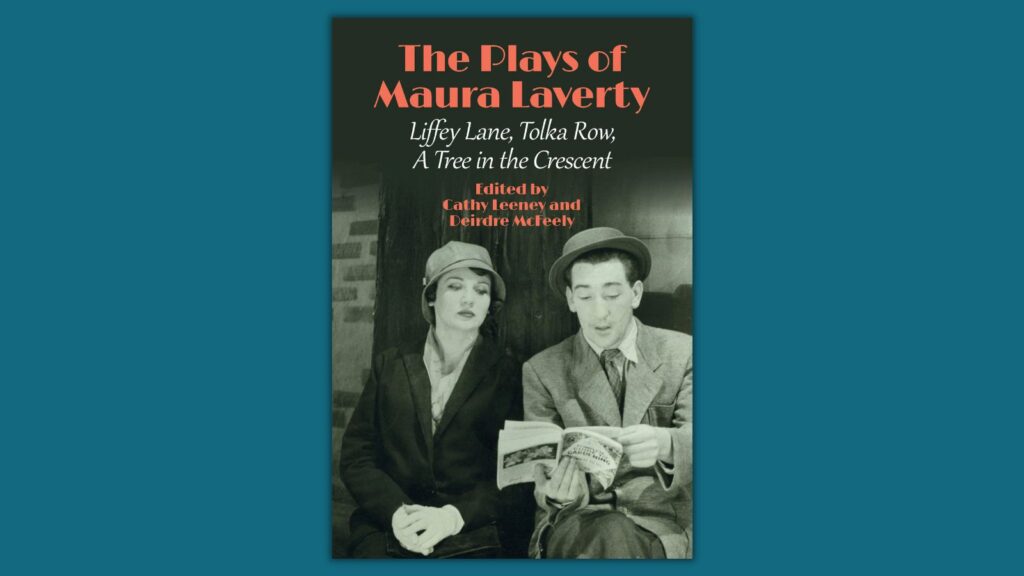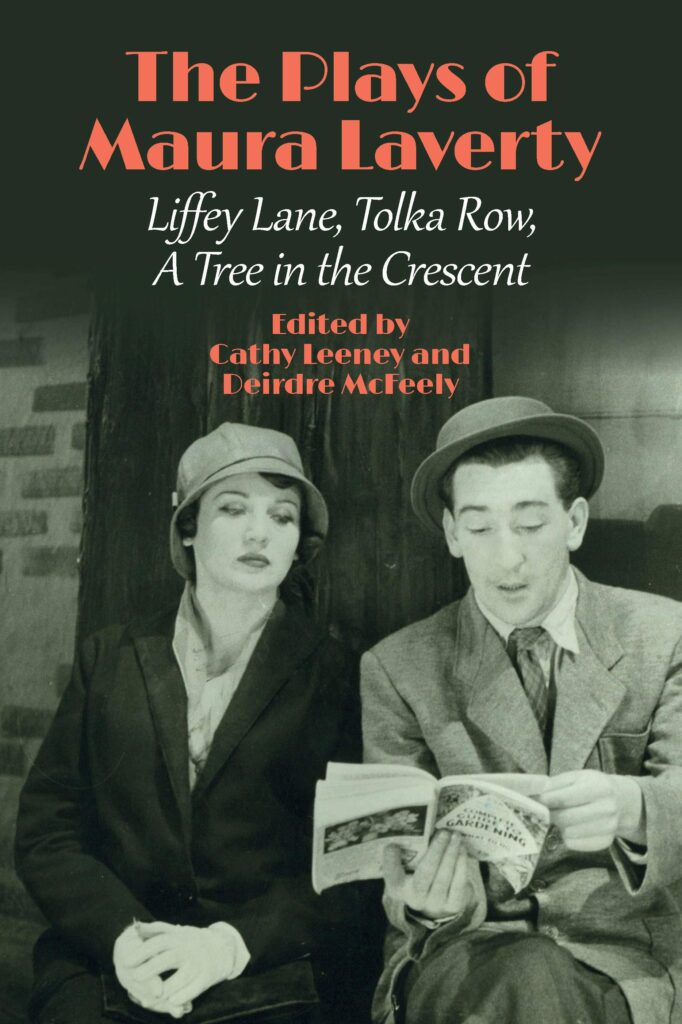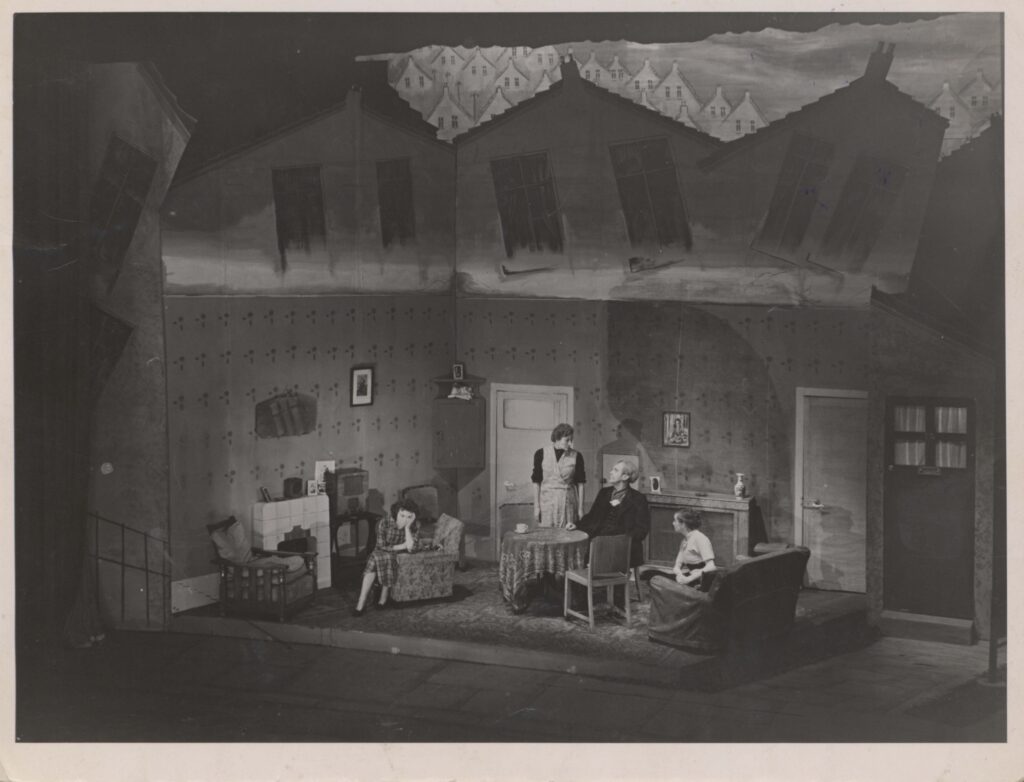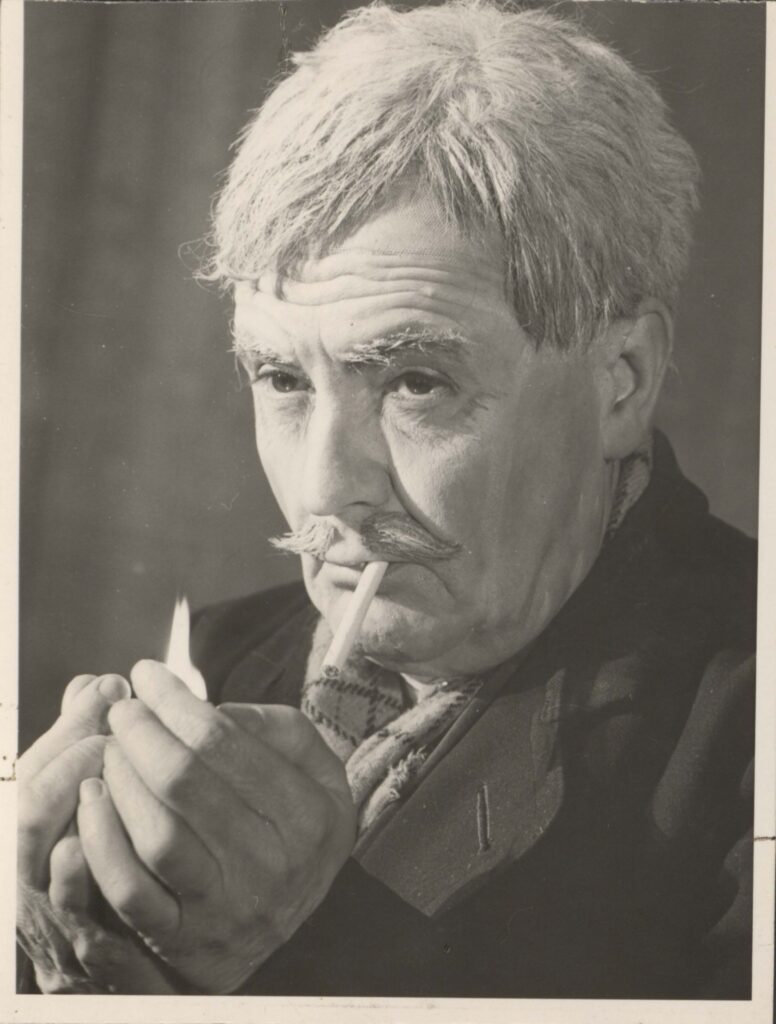
The Plays of Maura Laverty: Liffey Lane, Tolka Row, A Tree in the Crescent|Edited by Cathy Leeney and Deirdre McFeely|Liverpool University Press
The trilogy is a significant and long-awaited part of the Irish theatrical canon
by Cathy Leeney and Deirdre McFeely
This book presents Maura Laverty’s plays Liffey Lane, Tolka Row, and A Tree in the Crescent, published in 2023 for the first time. Their premiere productions met with huge success when staged in 1951 and 1952 by Hilton Edwards of the Gate Theatre Company at Dublin’s Gaiety and Gate theatres, and on tour. The trilogy is a significant and long-awaited part of the twentieth-century Irish theatrical canon.
The volume opens with a Preface by Christopher Fitz-Simon, who knew and worked with Laverty, and the Introduction offers a brief account of Maura Laverty’s life and of her remarkable output. As a professional writer, broadcaster and public figure she occupied a place in the popular Irish national consciousness for more than three decades. Central to Laverty’s identity and very present in her writing were the contrasting qualities of rural and urban life in Ireland, and landscapes and cityscapes bordered by rivers and canals.
As a professional writer, broadcaster and public figure she occupied a place in the popular Irish national consciousness for more than three decades
The author’s valuing of domestic arts was deeply linked to her concerns for improving health and living conditions and this led her into political activism. Aspects of Irish social legislation and urban conditions in post-World War II Dublin point to a period poised between the caution and narrow conservatism of the 1930s and 40s and the burgeoning promise of futures transformed both economically and socially.

The capital’s theatrical scene, into which Laverty stepped, is outlined, highlighting the Gate Theatre Company’s and its co-founders’ (Micheál mac Liammóir and Hilton Edwards) key role in bringing the plays to audiences. In turn, each play is introduced and explored, and an assessment is made of the place held by Maura Laverty’s Trilogy in twentieth-century Irish theatre.
Teeming with the lives of the poor, the ambitious, the trapped, and the struggling, the plays are moving, funny, and vividly alive
Teeming with the lives of the poor, the ambitious, the trapped, and the struggling, the plays are moving, funny, and vividly alive. They capture the capital in a state of transformation— reaching for modernisation while still mired in stagnant class divisions, poor housing, and narrow social values. Key to all three plays are questions of home, the lives of women and girls, and the impact of conservative government policies and church attitudes. Laverty reveals Dublin in exact detail and across social sectors, examining what urban dwellers of the time might have taken for granted, or might wish to ignore, mapping the era socially, politically, and geographically at a very particular moment of development.

Key to all three plays are questions of home, the lives of women and girls, and the impact of conservative government policies and church attitudes
A native of Kildare, Laverty’s outsider identity, shared by the many who came to the city for employment in business, the civil service, or industry, gave her permission to be curious. Laverty’s attention to the conditions and voices of Dubliners’ lives was acute and relatable then and now. She delved into neglected moments of national change in social relations, family, gender, class and opportunity.
The impoverished lives of the tenement dwellers of Liffey Lane are bound by a prevailing social and political conservatism, and not least by the power wielded by the Catholic Church. The pressure of family life in a new housing estate in Tolka Row captures a period of unprecedented house building by the State and the subsequent dislocation of many families who struggled to adjust to a new way of living when removed from inner-city tenements. And in A Tree in the Crescent, rented rooms in a middle-class location are valued over working-class neighbourhood amenities in the burgeoning outer suburbs. The plays bring to life the impacts of social upheaval in 1950s Dublin.

The plays bring to life the impacts of social upheaval in 1950s Dublin
Laverty’s work always foregrounds women’s experience. Her leading roles for women remain in the memory as icons of girlhood and womanhood immersed in patriarchal conditions. Extending from her attention to women’s lives, is her insight into house and ‘home’ – its architecture as well as its location – as a key factor in individual and communal welfare. In today’s Ireland, this could hardly be more relevant.
Laverty’s entertaining, contemporary and contentious plays revived the phenomenon of serious popular performance. The trilogy’s remarkable success with audiences and its subsequent professional and critical neglect is notable. Despite ongoing stagings of Liffey Lane and Tolka Row by amateur and community companies across Ireland, professional recognition has been altogether lacking. The texts of the plays have only in recent years become fully available in archival collections, and they have already received academic recognition as being a part of the Irish theatrical canon. A professional writer for mass audiences, Laverty is a role model of independence and achievement, yet one whose national profile during her life and since has been so silently erased.












